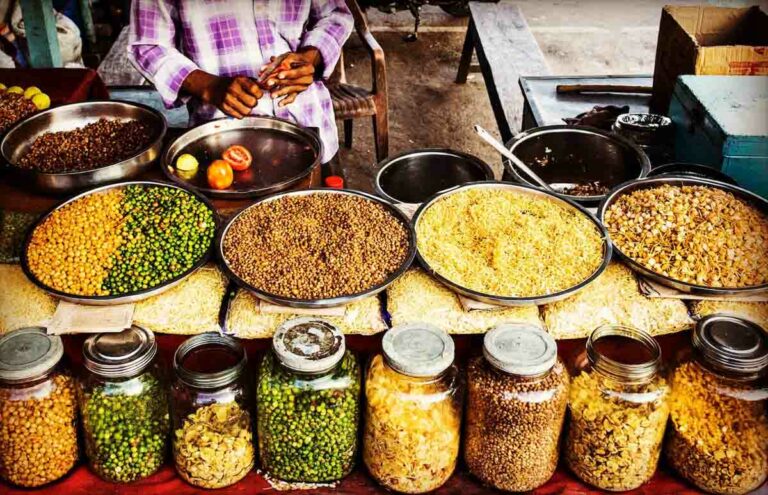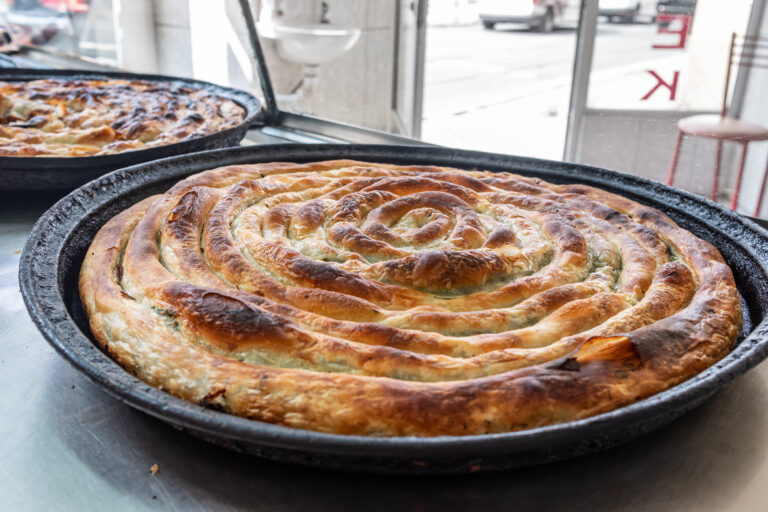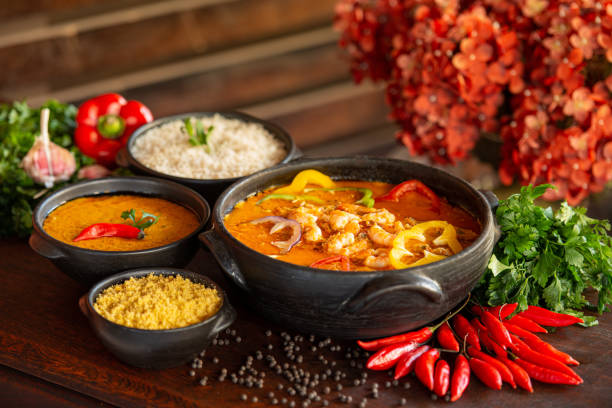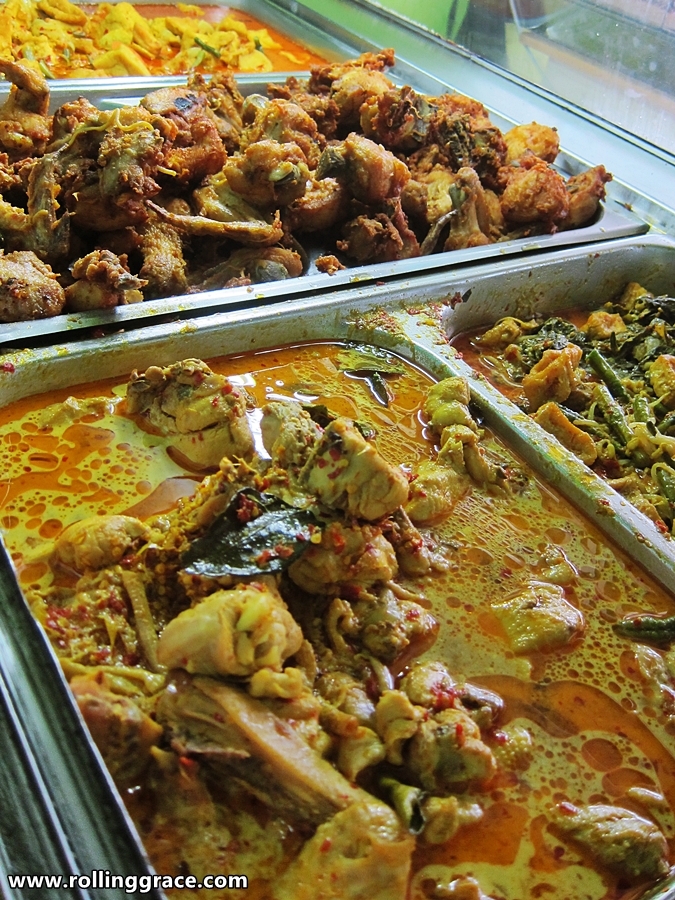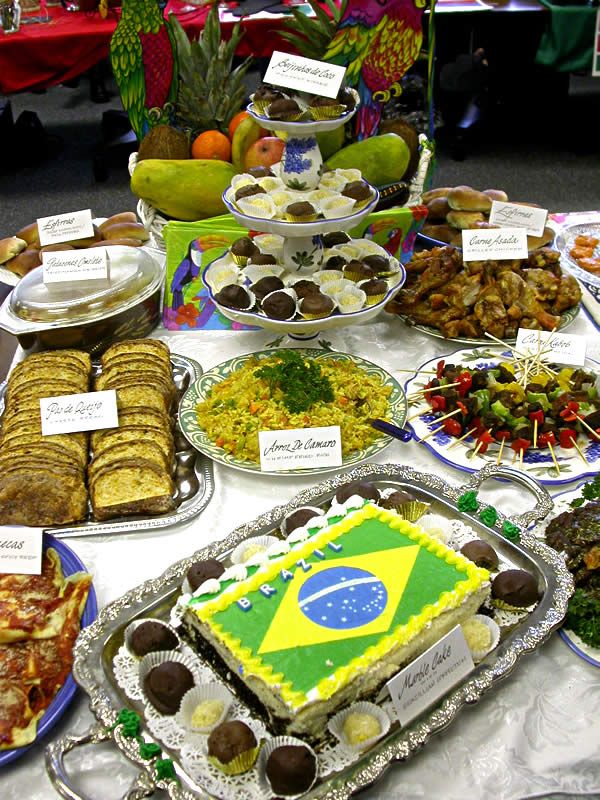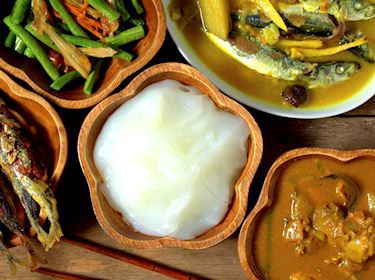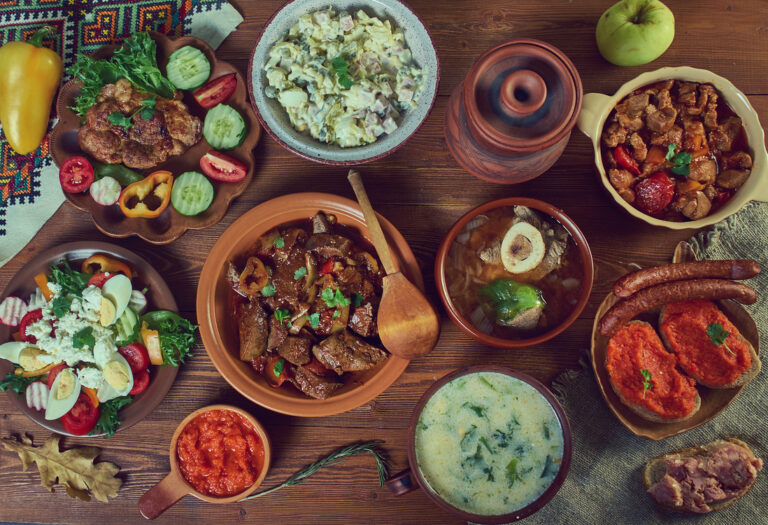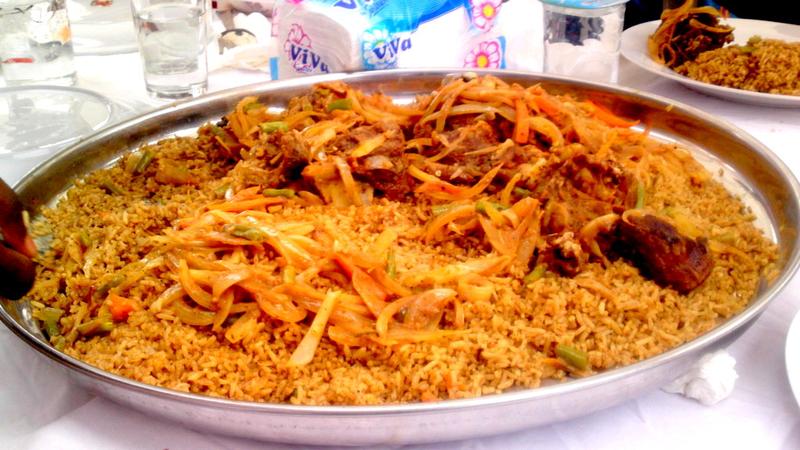Introduction: Exploring Botswana Cuisine
Botswana is a landlocked country in Southern Africa with a rich culinary heritage. Botswana cuisine is a blend of traditional African dishes with influences from neighboring countries like South Africa, Zimbabwe, and Namibia. The cuisine is characterized by an abundance of game meat, maize, sorghum, beans, and vegetables. Botswana cuisine is a reflection of the country’s diverse cultures and peoples.
Traditional Cooking Techniques in Botswana
Botswana’s cuisine has been influenced by its geography, climate, and cultural traditions. The country’s traditional cooking techniques have been passed down over generations and are still in use today. These techniques include pit cooking, stewing, smoking, grilling, and baking. Each of these methods has its unique way of adding flavor to dishes.
Pit Cooking: An Ancient Method
Pit cooking is one of the oldest cooking techniques in Botswana. It involves digging a hole in the ground, lighting a fire, and placing the meat or vegetables in the pit. The food is then covered with soil and left to cook for several hours. This method is used to cook game meat, which is a staple in Botswana’s cuisine. The meat cooked using this method is tender, juicy, and infused with a smoky flavor.
Stewing: A Popular Cooking Technique
Stewing is a popular cooking technique in Botswana. It involves cooking meat, vegetables, and beans in a pot with a flavorful broth. This method is used to make dishes like seswaa, a traditional meat dish made with beef, goat, or lamb. The meat is boiled until tender, shredded, and then cooked with onion and salt. The dish is served with pap, a staple made from maize.
Smoking: A Unique Flavoring Method
Smoking is a unique flavoring method in Botswana’s cuisine. It involves smoking meat or fish over a fire, which gives it a distinct smoky flavor. The meat is usually marinated in a mixture of spices before being smoked. This method is used to make dishes like biltong, a dried meat snack, and boerewors, a type of sausage.
Grilling: A Favored Cooking Technique
Grilling is a favored cooking technique in Botswana’s cuisine. It involves cooking meat or vegetables over an open flame or hot coals. The method is used to make dishes like braai, a type of barbecue, and sosaties, skewered meat and vegetables. The meat is usually marinated in a mixture of spices before being grilled, which gives it a delicious flavor.
Baking: A Modern Cooking Method
Baking is a modern cooking method in Botswana’s cuisine. It involves cooking dishes in an oven. This method is used to make dishes like vetkoek, a type of fried bread, and koeksisters, a type of sweet pastry. Baking is also used to make cakes and other baked goods.
Conclusion: Botswana’s Diverse Culinary Heritage
Botswana’s cuisine is a blend of traditional African dishes with influences from neighboring countries. The country’s traditional cooking techniques are still in use today and are a reflection of its diverse cultures and peoples. The techniques of pit cooking, stewing, smoking, grilling, and baking are all used to add flavor to dishes. Botswana’s cuisine is a rich culinary heritage that is well worth exploring.

